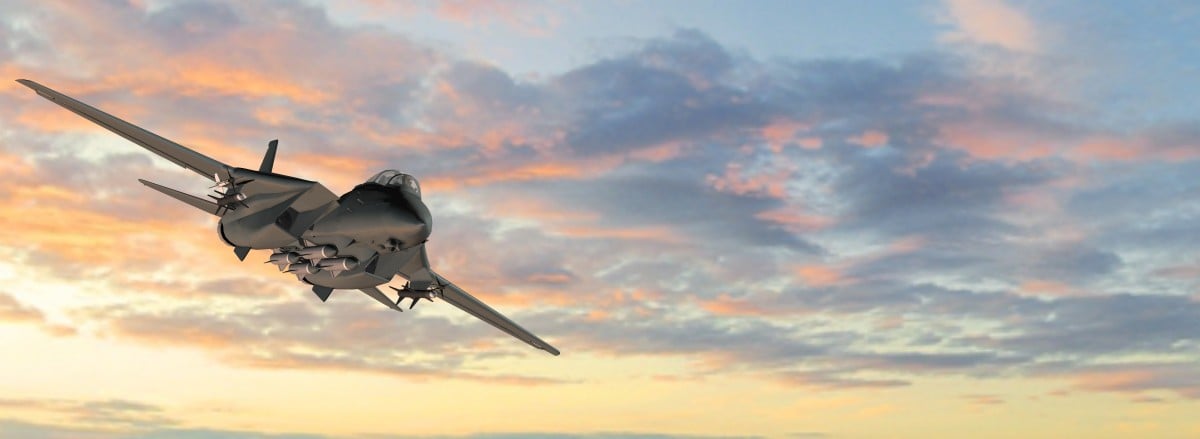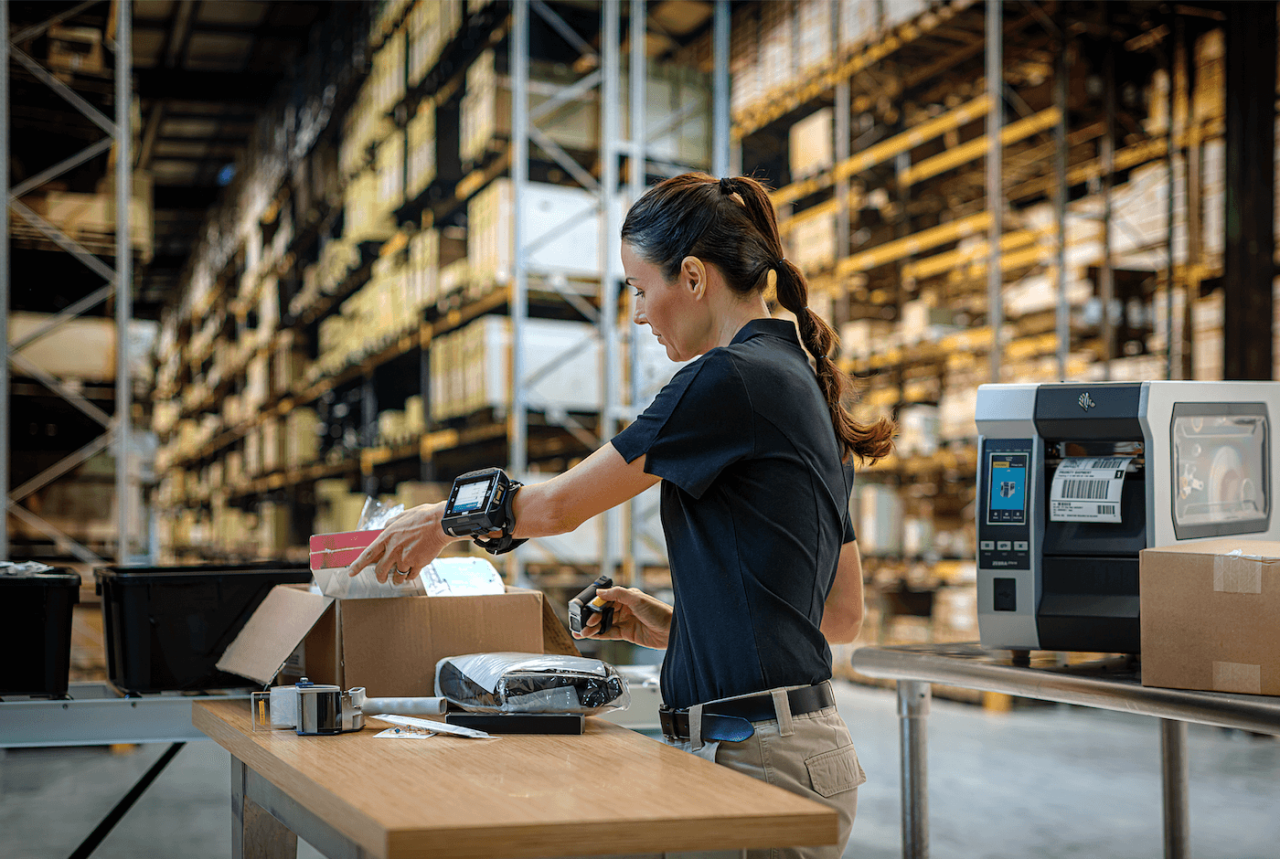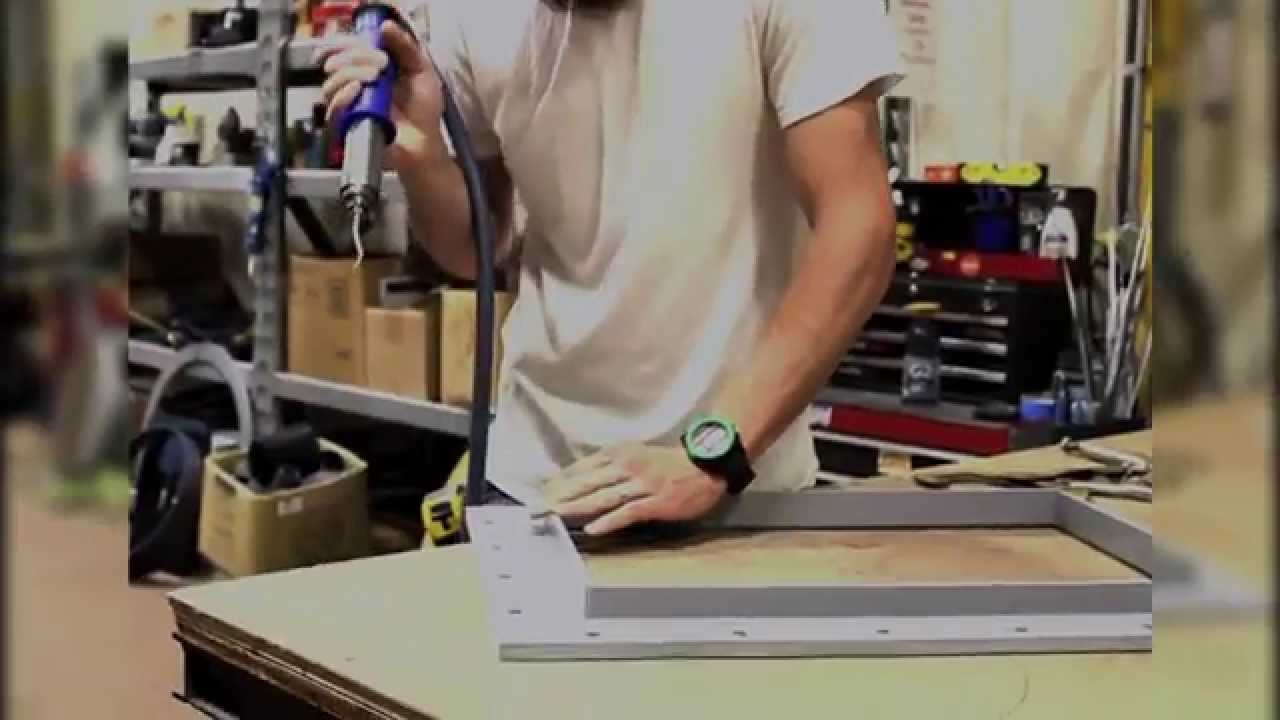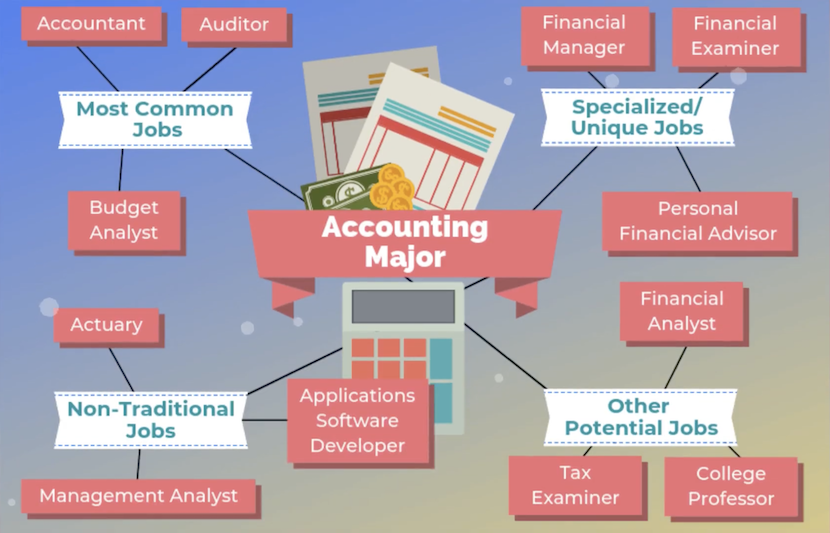3D Technologies: Shaping the Future
3D technologies are revolutionizing the way we interact with the world, from creating immersive virtual experiences to designing and manufacturing intricate objects. These technologies have evolved from early concepts to […]
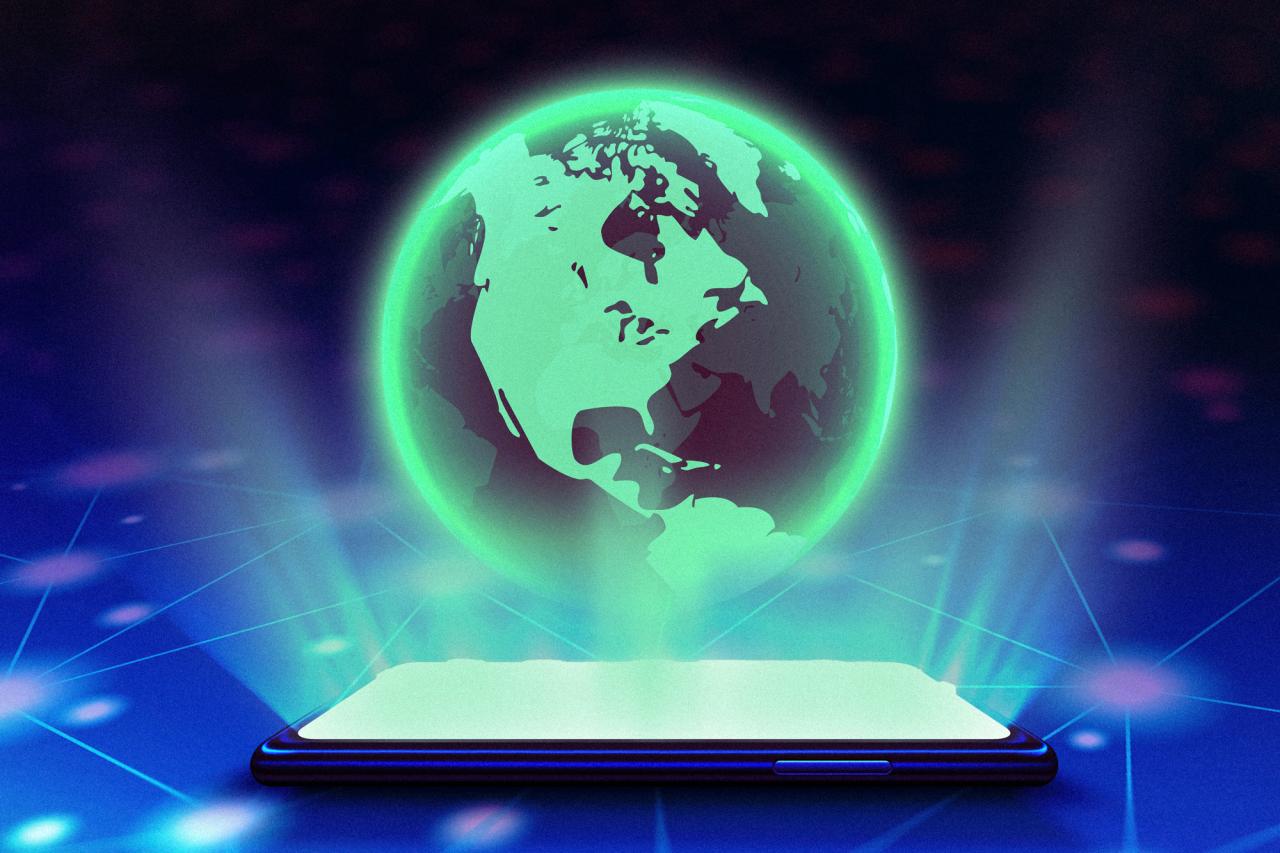
3D technologies are revolutionizing the way we interact with the world, from creating immersive virtual experiences to designing and manufacturing intricate objects. These technologies have evolved from early concepts to become an integral part of various industries, transforming how we live, work, and learn.
The field of 3D technologies encompasses a diverse range of disciplines, including 3D modeling, 3D printing, 3D animation, 3D scanning, and virtual and augmented reality. Each technology offers unique capabilities and applications, contributing to the advancement of various sectors, from entertainment and healthcare to manufacturing and engineering.
3D Modeling and Design
3D modeling is the process of creating three-dimensional digital representations of objects, environments, and characters. It is a fundamental aspect of computer graphics and plays a vital role in various industries, including gaming, film, architecture, engineering, and product design.
Modeling Techniques
Various techniques are employed in 3D modeling, each tailored for specific applications and desired outcomes. These techniques leverage software tools to manipulate vertices, edges, and polygons, allowing for the creation of intricate and detailed models.
- Polygonal Modeling: This technique involves creating models by manipulating polygons, which are two-dimensional shapes that define the surface of an object. Polygonal modeling is widely used in games and animation due to its efficiency and flexibility.
- NURBS Modeling: Non-Uniform Rational B-Splines (NURBS) are mathematical curves and surfaces that allow for the creation of smooth, organic shapes. NURBS modeling is commonly used in industrial design, product design, and architectural visualization.
- Subdivision Modeling: This technique starts with a low-resolution mesh and subdivides it into smaller polygons, creating a smooth and detailed surface. Subdivision modeling is often used for creating complex organic shapes, such as characters and environments.
- Procedural Modeling: Procedural modeling uses algorithms and mathematical formulas to generate 3D models automatically. This technique is useful for creating complex, repetitive, or procedurally generated objects, such as trees, rocks, or textures.
Applications of 3D Models
3D models find applications across a wide range of industries, enabling the creation of realistic and immersive experiences.
- Gaming: 3D models are essential for creating the characters, environments, and objects that populate video games. They contribute to the visual fidelity, gameplay mechanics, and overall immersion of the gaming experience.
- Film and Animation: In the film and animation industry, 3D models are used to create characters, environments, and special effects. They are instrumental in bringing fictional worlds and stories to life.
- Architecture and Design: 3D models are extensively used in architecture and design to visualize buildings, interiors, and urban spaces. They enable architects and designers to create detailed renderings, explore design options, and communicate their ideas effectively.
- Engineering and Manufacturing: 3D models are crucial in engineering and manufacturing for product design, prototyping, and simulation. They allow engineers to analyze the functionality and performance of products before they are physically built.
- Medical Visualization: 3D models are used in medical visualization to create realistic representations of anatomical structures, organs, and medical devices. They aid in diagnosis, treatment planning, and surgical procedures.
3D Printing and Additive Manufacturing

3D printing, also known as additive manufacturing, is a revolutionary technology that has transformed the way we design and manufacture products. It involves building three-dimensional objects layer by layer from a digital model, using materials like plastics, metals, ceramics, and composites. This process has significant implications for various industries, from healthcare and aerospace to automotive and consumer goods.
The Process of 3D Printing
3D printing typically involves several steps:
- Design: A digital 3D model of the object is created using computer-aided design (CAD) software.
- Slicing: The 3D model is sliced into thin, horizontal layers, creating instructions for the printer.
- Printing: The printer deposits material layer by layer, following the instructions generated from the sliced model.
- Post-processing: Depending on the material and application, the printed object may require additional processing, such as cleaning, smoothing, or heat treatment.
Materials Used in 3D Printing
3D printing utilizes a wide range of materials, each with unique properties:
- Plastics: Widely used due to their versatility, affordability, and ease of printing. Examples include ABS, PLA, and Nylon.
- Metals: Suitable for high-strength applications, but require specialized printers and processes. Examples include aluminum, titanium, and stainless steel.
- Ceramics: Offer high heat resistance and durability, making them suitable for demanding environments. Examples include alumina and zirconia.
- Composites: Combine the properties of different materials, offering tailored performance characteristics. Examples include carbon fiber reinforced polymers and glass-filled nylon.
Benefits of 3D Printing, 3d technologies
3D printing offers numerous benefits across different sectors:
- Rapid Prototyping: 3D printing allows for quick and cost-effective creation of prototypes, accelerating product development cycles.
- Customization and Personalization: 3D printing enables the production of highly customized and personalized products, catering to individual needs and preferences.
- On-demand Manufacturing: 3D printing facilitates on-demand production, eliminating the need for large inventories and reducing waste.
- Complex Designs: 3D printing allows for the creation of intricate and complex designs that are difficult or impossible to manufacture using traditional methods.
- Reduced Lead Times: 3D printing reduces lead times for product development and manufacturing, making it ideal for time-sensitive projects.
- Distributed Manufacturing: 3D printing enables decentralized manufacturing, allowing companies to produce products closer to their customers or in remote locations.
Challenges of 3D Printing
Despite its advantages, 3D printing faces several challenges:
- Scale and Speed: While 3D printing excels in prototyping and small-scale production, scaling up to mass production can be challenging.
- Material Development: The range of materials suitable for 3D printing is still limited compared to traditional manufacturing processes.
- Quality Control: Ensuring consistent quality and repeatability in 3D printed products can be challenging, particularly for complex designs.
- Cost: 3D printing can be expensive for high-volume production, although costs are decreasing as technology advances.
- Skill Requirements: Operating and maintaining 3D printing equipment requires specialized skills and training.
Impact on Manufacturing and Design
3D printing has significantly impacted manufacturing and design practices:
- Design for Additive Manufacturing (DfAM): Designers are now considering the unique capabilities of 3D printing during the design process, leading to innovative and functional designs that were previously impossible.
- Mass Customization: 3D printing has made mass customization a reality, allowing companies to produce products tailored to individual needs and preferences.
- Distributed Manufacturing: 3D printing has enabled distributed manufacturing, where companies can produce products closer to their customers or in remote locations.
- Reduced Lead Times: 3D printing has significantly reduced lead times for product development and manufacturing, making it ideal for time-sensitive projects.
3D Animation and Visualization
3D animation and visualization are powerful tools that bring digital creations to life, transforming static models into dynamic and engaging experiences. They use computer graphics to create realistic or stylized moving images, capturing the essence of objects, environments, and characters.
Techniques Used in 3D Animation and Visualization
The creation of 3D animations and visualizations involves a series of complex techniques that leverage the power of computer software and hardware.
- Modeling: This involves creating the 3D objects that will appear in the animation or visualization. This is typically done using specialized software like Maya, Blender, or 3ds Max. Modelers use various techniques to create detailed and accurate representations of real-world objects or imagined concepts.
- Texturing: Once a model is created, it needs to be given a surface appearance. Texturing involves applying images or patterns to the model’s surface, giving it color, detail, and realism.
- Rigging: To create believable movement, animators use rigging to create a skeleton-like structure inside the model. This allows them to control the model’s movements and poses.
- Animation: This is the core process of bringing the model to life. Animators use various techniques, such as keyframing, motion capture, and procedural animation, to create smooth and natural movements.
- Lighting and Rendering: These techniques create the final image. Lighting involves placing virtual light sources to illuminate the scene, while rendering is the process of creating the final image by simulating how light interacts with the objects in the scene.
- Visual Effects (VFX): In many cases, additional visual effects are added to enhance the realism or create special effects. These can include particle systems, simulations, and compositing.
Applications of 3D Animation and Visualization
3D animation and visualization have revolutionized various fields, offering a powerful means of communication and storytelling.
- Entertainment: 3D animation has become a dominant force in the entertainment industry, particularly in film, television, and video games. From blockbuster movies like “Avatar” and “Toy Story” to immersive video games like “Grand Theft Auto” and “The Last of Us,” 3D animation has captivated audiences with its ability to create realistic and fantastical worlds.
- Education: 3D animation and visualization have proven to be invaluable tools for education. They allow students to visualize complex concepts in a more engaging and intuitive way. For example, 3D animations can be used to explain anatomical structures, demonstrate scientific principles, or provide virtual tours of historical sites.
- Scientific Research: 3D visualization plays a critical role in scientific research, allowing scientists to analyze data, visualize complex phenomena, and communicate their findings more effectively. For example, scientists use 3D visualizations to study the structure of molecules, model climate change scenarios, and explore the depths of the ocean.
- Marketing and Design: 3D animation and visualization are increasingly used in marketing and design to create compelling product demonstrations, interactive experiences, and engaging advertisements.
- Architecture and Engineering: Architects and engineers use 3D visualization to create virtual models of buildings, bridges, and other structures, allowing them to test designs, identify potential problems, and communicate their ideas to clients.
- Medical and Healthcare: 3D visualization plays a crucial role in medicine, enabling doctors to visualize patient anatomy, plan surgeries, and create personalized treatments.
Examples of Compelling 3D Animations and Visualizations
The impact of 3D animation and visualization is evident in numerous examples across various fields.
- “Avatar” (2009): This groundbreaking film revolutionized the use of 3D animation in cinema, showcasing stunning visual effects and immersive environments. It highlighted the power of 3D animation to create believable and emotionally resonant characters and worlds.
- “The Martian” (2015): This film effectively utilized 3D animation to depict the harsh and unforgiving landscape of Mars, creating a sense of isolation and realism that enhanced the story’s emotional impact.
- “Grand Theft Auto V” (2013): This video game is a prime example of the use of 3D animation to create a vast and immersive open world, offering players a level of freedom and realism that was unprecedented at the time.
- “The Human Body: A Visual Guide” (2009): This educational series used 3D animation to provide viewers with an in-depth and engaging look at the human body, revealing its intricate systems and functions in a way that was both informative and visually captivating.
- “The Virtual Human” (2016): This project, led by the University of Southern California, uses 3D animation and visualization to create realistic and interactive virtual humans, allowing researchers to study human behavior and communication in a controlled environment.
3D Scanning and Capture
3D scanning is a technology that captures the shape and appearance of real-world objects, creating digital 3D models. It’s a powerful tool that bridges the gap between the physical and digital worlds, enabling a wide range of applications across various industries.
Types of 3D Scanners
3D scanners utilize different principles and technologies to capture data. The most common types include:
- Structured Light Scanners: These scanners project a pattern of light onto the object and analyze the distortion of the pattern to create a 3D model. They are known for their accuracy and speed, making them suitable for various applications.
- Time-of-Flight Scanners: These scanners emit light pulses and measure the time it takes for the pulses to return, determining the distance between the scanner and the object. They are often used in applications where speed and portability are crucial.
- Laser Scanners: These scanners use a laser beam to measure distances and create 3D models. They are known for their high accuracy and are commonly used in industrial applications, such as reverse engineering and quality control.
- Photogrammetry Scanners: This technique utilizes multiple images of an object taken from different angles to create a 3D model. It is particularly useful for scanning large objects or complex scenes, as it does not require direct contact with the object.
Applications of 3D Scanning
3D scanning has revolutionized various industries by offering efficient and accurate solutions for numerous applications. Here are some notable examples:
- Reverse Engineering: 3D scanning enables the creation of digital models of existing objects, allowing for the analysis and modification of their designs. This is particularly valuable in industries such as automotive, aerospace, and manufacturing, where existing designs need to be replicated or improved.
- Product Design: 3D scanning allows designers to capture real-world objects and incorporate them into their digital designs. This helps create realistic and accurate models, improving the design process and facilitating communication with clients.
- Heritage Preservation: 3D scanning is crucial in preserving historical artifacts and structures. It enables the creation of detailed digital replicas, which can be used for documentation, restoration, and virtual tours, ensuring the preservation of cultural heritage for future generations.
- Medical Applications: 3D scanning plays a vital role in healthcare, allowing for the creation of highly accurate models of human anatomy. These models are used for planning surgeries, creating personalized prosthetics, and developing new medical treatments.
Examples of 3D Scanning in Action
- Automotive Industry: 3D scanning is used to reverse engineer car parts, enabling manufacturers to improve existing designs or create new parts for older models.
- Archaeology: Archaeologists use 3D scanning to create digital models of ancient artifacts and structures, allowing for detailed analysis and preservation of historical treasures.
- Construction Industry: 3D scanning is used to create as-built models of buildings, which can be used for planning renovations, identifying structural issues, and ensuring accurate documentation.
- Fashion Industry: 3D scanning is used to create digital models of clothing, allowing designers to experiment with different fabrics, textures, and designs without having to create physical prototypes.
3D Virtual Reality and Augmented Reality
Virtual reality (VR) and augmented reality (AR) are immersive technologies that are transforming the way we interact with the world around us. VR creates completely immersive digital environments, while AR overlays digital information onto the real world. These technologies have become increasingly popular in recent years, with applications ranging from gaming and entertainment to education, training, and healthcare.
VR and AR Technologies
The technologies behind VR and AR are constantly evolving, but the core principles remain the same. VR typically involves using a headset that displays stereoscopic images, creating the illusion of depth and immersion. The headset often includes sensors that track the user’s head movements, allowing them to look around the virtual environment. AR, on the other hand, uses devices like smartphones, tablets, or smart glasses to overlay digital content onto the real world. This is often achieved using cameras and sensors that capture the user’s surroundings and then blend digital information with the real-world view.
VR and AR Applications
Gaming
VR and AR have revolutionized the gaming industry, offering players more immersive and interactive experiences. VR games allow players to step into virtual worlds and interact with their surroundings in a way that was previously impossible. For example, VR games like Beat Saber allow players to swing lightsabers to the rhythm of music, while games like Half-Life: Alyx offer realistic and immersive gameplay experiences. AR games, on the other hand, blend digital elements with the real world, creating unique gameplay experiences. Pokémon GO, for instance, uses AR to allow players to catch virtual Pokémon in real-world locations.
Education
VR and AR are increasingly being used in education to enhance learning experiences and make them more engaging. VR can transport students to historical events, scientific experiments, or other locations that would be difficult or impossible to visit in person. For example, students can use VR to explore the inside of the human body, visit the Great Wall of China, or witness the eruption of a volcano. AR can also be used to enhance learning by providing interactive overlays on real-world objects. For instance, students can use AR to view the anatomy of a frog by holding their phone over a real frog, or they can use AR to visualize the solar system by pointing their phone at the night sky.
Training
VR and AR are also being used in training to provide realistic and safe simulations for various industries. VR training simulations allow employees to practice skills in a virtual environment without the risks associated with real-world training. For example, surgeons can practice complex procedures in VR simulations before performing them on patients, and pilots can practice emergency landing procedures in a VR flight simulator. AR can also be used to enhance training by providing real-time guidance and information. For example, technicians can use AR to view instructions and diagrams overlaid on real-world equipment, or firefighters can use AR to view the layout of a building while responding to an emergency.
Healthcare
VR and AR are also finding applications in healthcare, where they can be used to improve patient care and enhance medical training. VR can be used to treat phobias and anxiety disorders by exposing patients to virtual environments that simulate their fears. For example, VR can be used to treat fear of heights by simulating a virtual environment where the patient is standing on a high platform. AR can also be used to assist surgeons during surgery by providing real-time information about the patient’s anatomy and the location of critical structures.
Future Trends in 3D Technologies
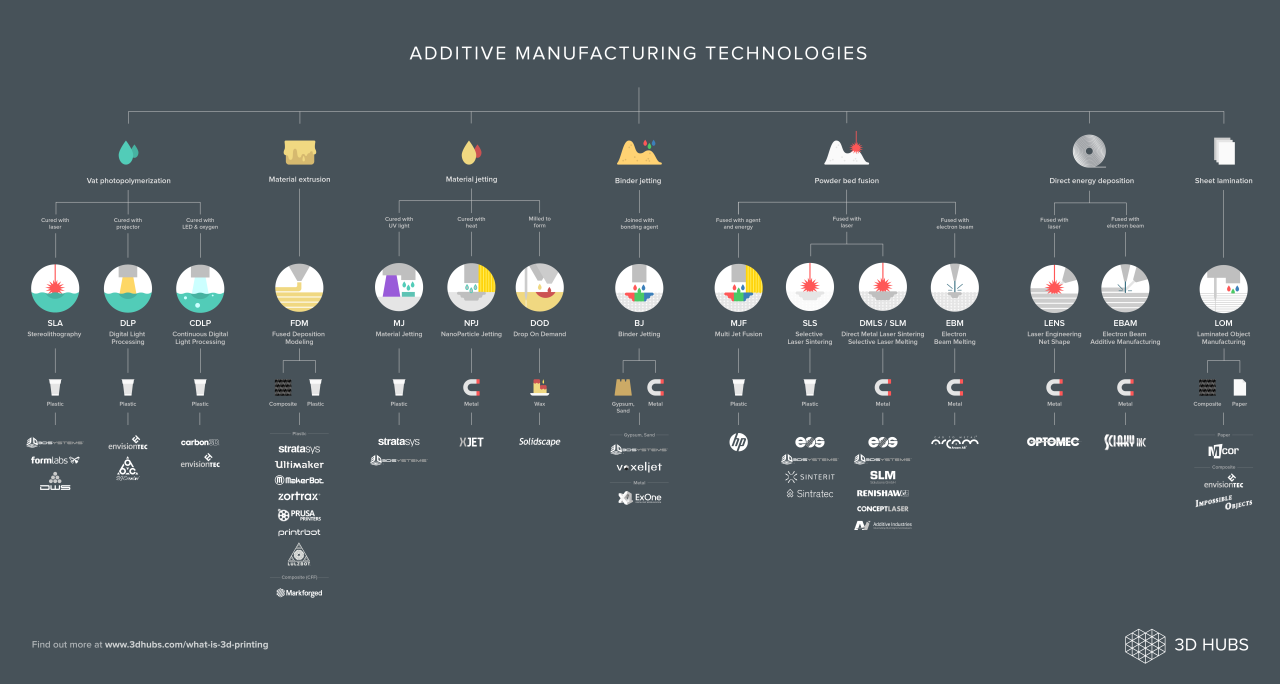
The realm of 3D technologies is constantly evolving, with new advancements emerging at a rapid pace. These advancements are driven by the convergence of various disciplines, including computer science, materials science, and artificial intelligence, and are poised to revolutionize numerous industries and aspects of our lives.
The Role of Artificial Intelligence (AI) and Machine Learning (ML) in 3D Technologies
AI and ML are playing a transformative role in advancing 3D technologies, automating tasks, improving accuracy, and enabling new possibilities.
- Automated 3D Model Generation: AI algorithms are being used to generate 3D models from 2D images or even text descriptions. This has the potential to significantly reduce the time and effort required for 3D modeling, making it more accessible to a wider range of users.
- Enhanced 3D Printing: AI-powered 3D printers can optimize printing parameters, predict and prevent errors, and even design custom objects based on user preferences. This leads to faster, more efficient, and more personalized 3D printing experiences.
- Realistic 3D Animations: AI-driven animation software can create more realistic and lifelike 3D animations by automatically generating complex movements and expressions. This has applications in film, gaming, and virtual reality.
- Improved 3D Scanning: AI algorithms can enhance the accuracy and efficiency of 3D scanning by automatically aligning and merging multiple scans, filling in missing data, and removing noise. This allows for the creation of more detailed and accurate 3D models.
Closure
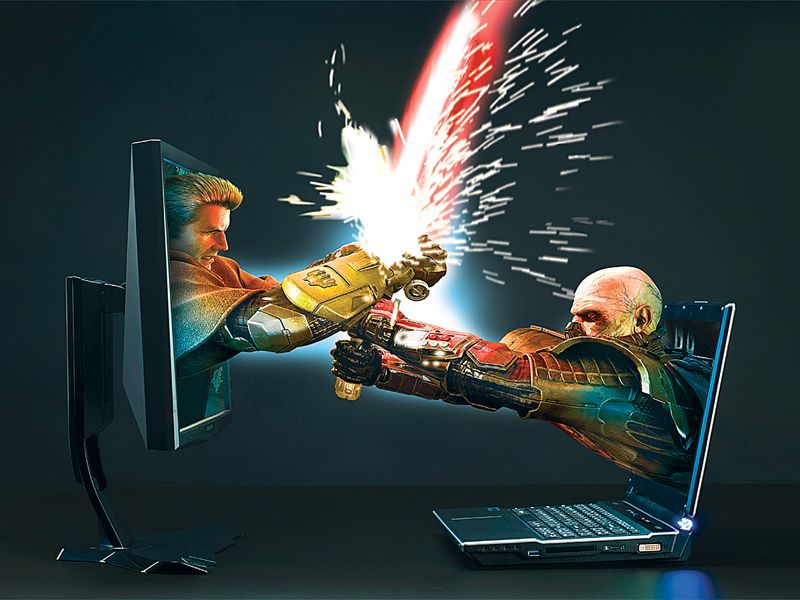
As 3D technologies continue to evolve, their potential to transform industries and reshape our world remains vast. From creating realistic virtual environments to producing personalized medical devices, the possibilities are endless. The future of 3D technologies promises exciting innovations and breakthroughs, shaping the way we live, work, and interact with the world around us.
3D technologies are revolutionizing various industries, from design and manufacturing to healthcare and entertainment. One area where 3D technology is making a significant impact is water management, with companies like insight water technologies using 3D modeling and simulation to optimize water systems and reduce waste.
The potential of 3D technologies in water management is vast, and we can expect to see even more innovative solutions in the future.
